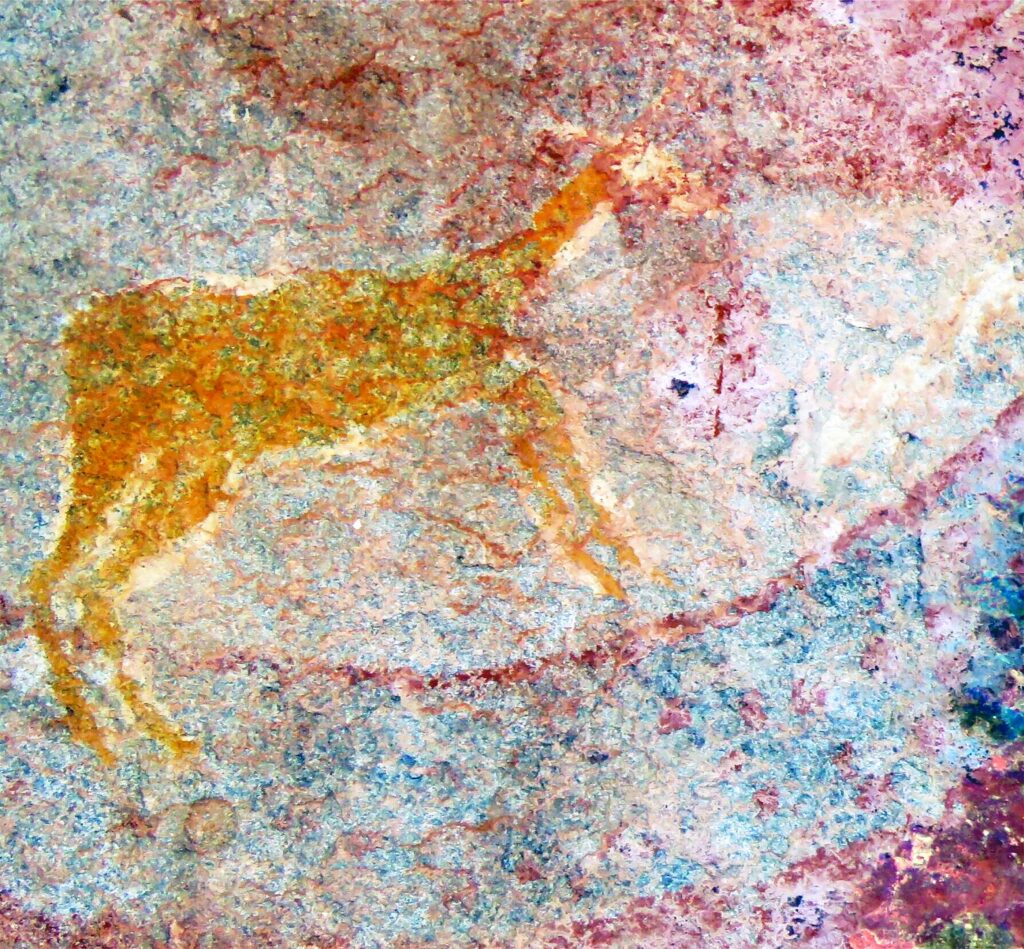The article explores the Kalu region in South Africa, which spans over 150,000 square miles of semi-arid land that holds ancient secrets, including rock formations with fossilized remains from the Permian period, specifically of a creature called Dicynodont. This region also hosts cave art from Indigenous peoples, capturing scenes of everyday life and mythical creatures like a horned snake.
Recent research revealed that some of this art, created by the San people in the early 1800s, may depict Dicynodont fossils, predating the scientific naming of the species by a decade. By comparing the rock art with fossilized remains, researchers found striking similarities in shapes and proportions, suggesting that the San artists incorporated real fossils into their artwork.
This discovery emphasizes the long-standing connection Indigenous communities have had with the land and its history, challenging traditional narratives of paleontology that often overlook these cultural insights. Furthermore, preserving these rock art sites could foster better partnerships in conservation and education, recognizing the value of both ancient knowledge and scientific inquiry.
The study highlights the importance of integrating cultural memory with geological history, emphasizing that the quest to understand our planet’s past has roots in both scientific study and Indigenous traditions.
Source link


